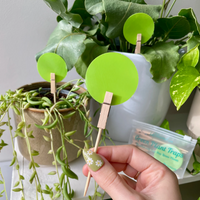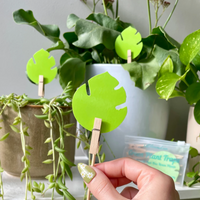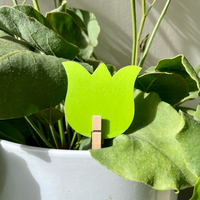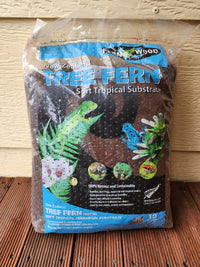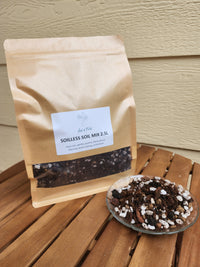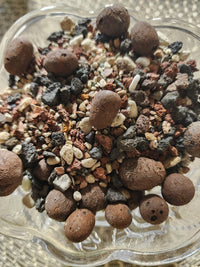Indoor plants not only add a touch of nature to your living space but also require proper care to thrive. One crucial aspect of plant care is watering, a task that demands a delicate balance. In this blog, we'll explore the often-overlooked nuances of watering, debunk the myth of overwatering, and delve into the benefits of bottom watering for optimal plant health.
The Myth of Overwatering:
Contrary to popular belief, overwatering is not solely about the volume of water you provide; it's about the frequency of watering. Many plant enthusiasts unknowingly harm their green companions by adhering to rigid watering schedules. Instead, it's essential to understand the unique moisture needs of each plant, your environment and adjust your watering routine accordingly. Once you know your plant and it’s need, indoor plant watering should be a breeze.
Tailoring Watering Frequencies:
Different plants have different moisture requirements, influenced by factors like species, pot size, and environmental conditions. For example, your Calatheas like to stay moist (NOT wet), while many others like to dry out between waterings. Research the specific needs of your indoor plants, considering factors such as their native habitat and seasonal variations. This knowledge allows you to tailor your watering schedule to the individual preferences of each plant, fostering a healthier and more vibrant indoor garden.
Bottom Watering Unveiled:
A game-changing technique for indoor plant care is bottom watering. This method involves adding water to a tray or saucer beneath the plant, allowing the roots to absorb moisture from the bottom up. Unlike traditional top watering, bottom watering minimises the risk of overwatering by preventing waterlogged soil and promoting more robust root development. When it comes to bottom watering benefits, let us have a look at the main ones.
Benefits of Bottom Watering:
- Root Growth: Bottom watering encourages roots to grow deeper into the soil, promoting a stronger and more extensive root system.
- Preventing Fungal Issues: By avoiding direct water contact with the leaves and surface of the soil, bottom watering reduces the risk of fungal diseases and mould growth. As the surface stays dry, this also reduces the chance of getting fungus gnats (these annoying little flies that we all hate!).
- Water Efficiency: This method ensures that water is delivered directly to the roots, minimising wastage, and maximising the plant's ability to absorb essential nutrients.
Mastering the art of watering is a key component of successful indoor plant care. By dispelling the myth of overwatering, tailoring your watering schedule to each plant's needs, and embracing bottom watering, you can create an environment where your indoor plants thrive. Remember, a well-hydrated plant is a happy plant, and with these plant care tips, you'll be well on your way to cultivating a lush and vibrant indoor garden.


